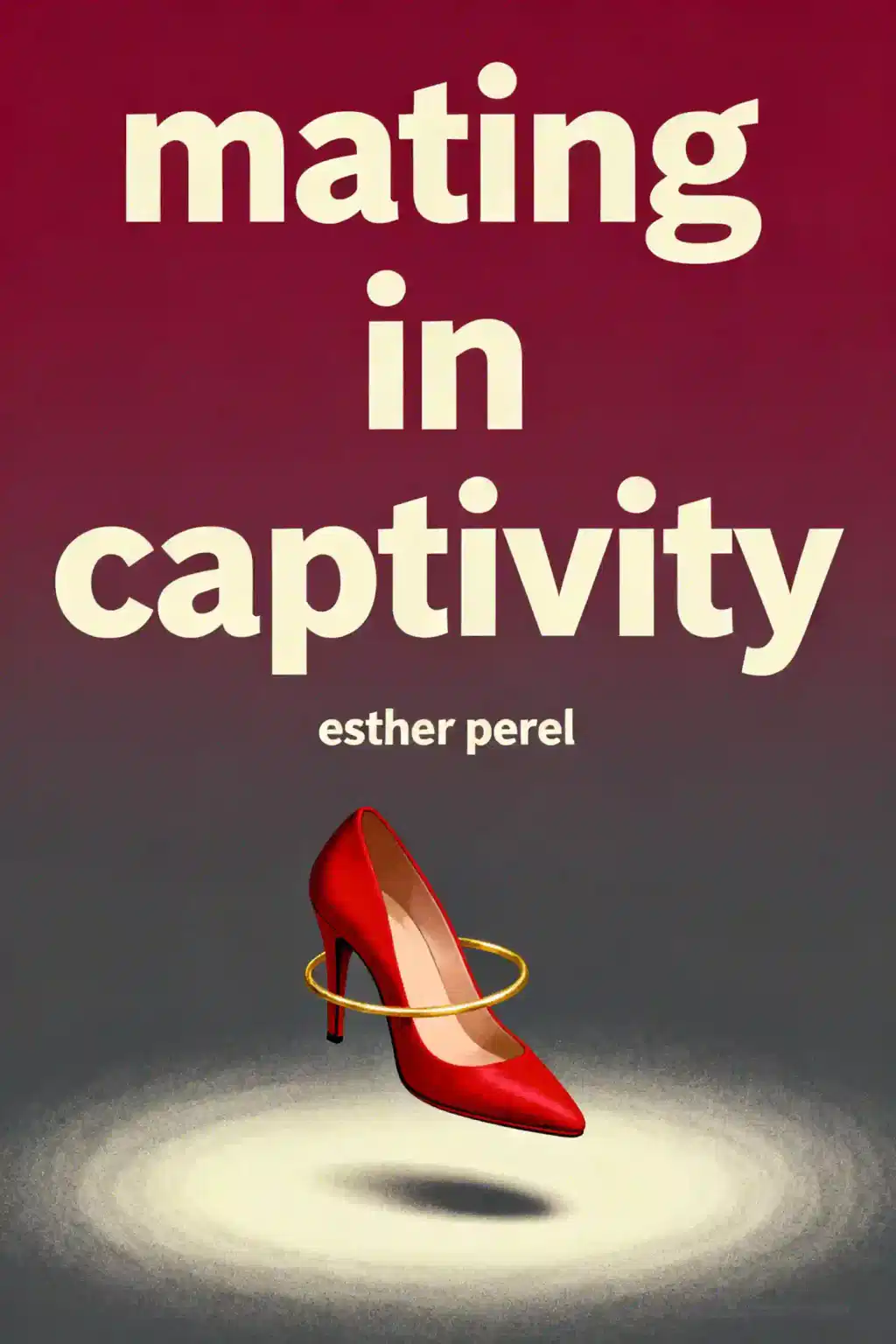What is Sex and Rage by Eve Babitz about?
Sex and Rage by Eve Babitz follows Jacaranda, a free-spirited surfboard painter in 1970s Los Angeles who becomes entangled with Max, a charismatic but emotionally abusive older man. The novel chronicles her journey from the hedonistic beach culture of California to New York City, where she pursues a writing career while battling alcoholism and overcoming the psychological damage inflicted by Max's manipulation.
Who should read Sex and Rage by Eve Babitz?
Sex and Rage is ideal for readers interested in Los Angeles literary culture, semi-autobiographical fiction, and stories about women reclaiming their power after toxic relationships. Fans of Joan Didion, writers exploring 1960s-70s counterculture, and anyone drawn to sensuous prose that captures the seductive yet destructive nature of Hollywood will find this novel compelling.
Is Sex and Rage by Eve Babitz worth reading?
Sex and Rage is absolutely worth reading for its sharp observations, distinctive voice blending vulnerability with cynicism, and honest portrayal of self-destruction and recovery. The New York Times praised Babitz's "talent for the brilliant line" and her feel for languid pleasures. The novel has achieved national bestseller status in its reissue and solidifies Eve Babitz's place as a singularly important voice in Los Angeles literature.
When was Sex and Rage published and what is its background?
Sex and Rage was originally published in 1979 by Alfred A. Knopf. The novel emerged from Eve Babitz's deep immersion in Los Angeles's cultural scene of the 1960s and 70s, drawing on her experiences with the artists, musicians, and writers who defined that era. The book has been reissued by Counterpoint Press and became a national bestseller decades after its initial publication.
Who is Jacaranda in Sex and Rage?
Jacaranda is the protagonist of Sex and Rage, a sun-kissed beach bum and part-time surfboard painter who embodies the languid pleasure-seeking of 1970s Los Angeles. At twenty-eight, jobless and lacking purpose despite her beauty and social connections, she moves to New York City to pursue a writing career. Her character represents the tension between California's carefree hedonism and the need for meaningful artistic expression and self-definition.
What role does Max play in Sex and Rage by Eve Babitz?
Max is the charismatic older man who becomes the defining relationship in Jacaranda's life, though their connection is never explicitly romantic. He lives a glamorous lifestyle earning money through mysterious means and initially makes Jacaranda feel like the center of the world before revealing himself as a cold-hearted bully. Max systematically undermines Jacaranda's confidence in her appearance, art, and writing, leaving deep psychological scars that take years to overcome.
What are the main themes in Sex and Rage by Eve Babitz?
The primary themes in Sex and Rage include overcoming toxic relationships, the search for authentic identity versus performative existence, and finding creative purpose amid hedonism. The novel explores self-destruction through alcoholism, the contrast between Los Angeles's sensuous superficiality and New York's intellectual energy, and how women reclaim their voices after emotional abuse. It also examines the tension between freedom and commitment, and the courage required to pursue artistic expression.
How does Sex and Rage capture 1970s Los Angeles culture?
Sex and Rage functions as a "sensuous, sexual, self-destructive time capsule" of 1970s Los Angeles, consumed with place as much as feeling. Eve Babitz captures the seedy glamour and delayed consequences of the era, depicting a world of White Ladies cocktails with tycoons, surfboard culture, and Hollywood's alluring yet superficial entertainment scene. The novel references the music, art, and social dynamics that made Los Angeles the epicenter of counterculture during the 1960s and 70s.
How does Jacaranda's relationship with Max affect her in Sex and Rage?
Max's manipulation leaves Jacaranda deeply scarred, as he systematically undermines her self-worth by criticizing her appearance, telling her she's a horrible painter, and dismissing her budding writing talent. After their relationship deteriorates, Jacaranda spirals into alcoholism and despair despite her writing career gaining traction. The negative beliefs Max installed control her life for nearly a decade, making her eventual journey to New York—where Max lives—an act of finally relinquishing her fear of him.
What does Sex and Rage say about creative expression and overcoming obstacles?
Sex and Rage presents Jacaranda's writing as an act of defiance against Max and everyone who discouraged her creativity. Her journey from painting surfboards (which Max derided) to becoming a published writer represents overcoming internalized criticism and finding authentic self-expression. The novel suggests that true creative fulfillment requires rejecting toxic voices, confronting past trauma, and moving beyond the superficial pleasures of sex and rage into a more defined and purposeful life.
Why does Jacaranda move from Los Angeles to New York in Sex and Rage?
At twenty-eight, Jacaranda moves to New York because she lacks purpose despite her glamorous Los Angeles lifestyle of casual affairs and social glittering. The move represents her desire to establish a serious writing career and escape the aimless hedonism of California beach culture. Traveling to meet her publisher in New York—the city where Max lives—becomes Jacaranda's ultimate act of courage, symbolizing her readiness to face her fears and reclaim her identity.
What is Eve Babitz's writing style in Sex and Rage?
Eve Babitz's writing in Sex and Rage features sharp wit, keen observations, and a distinctive blend of vulnerability and cynicism that offers a fresh perspective on 1960s-70s culture. Her prose is characterized by sensuous, dreamlike narrative quality with brilliant lines "honed to a point" that never interfere with her feel for languid pleasures. The novel combines semi-autobiographical elements with fiction, creating an honest, nuanced exploration of complex characters and relationships.














